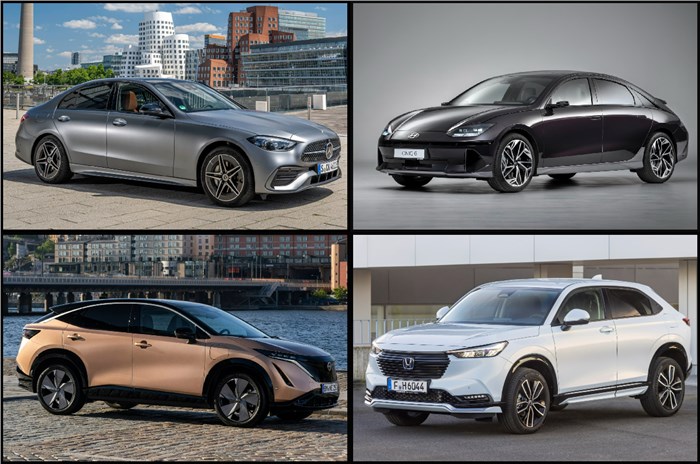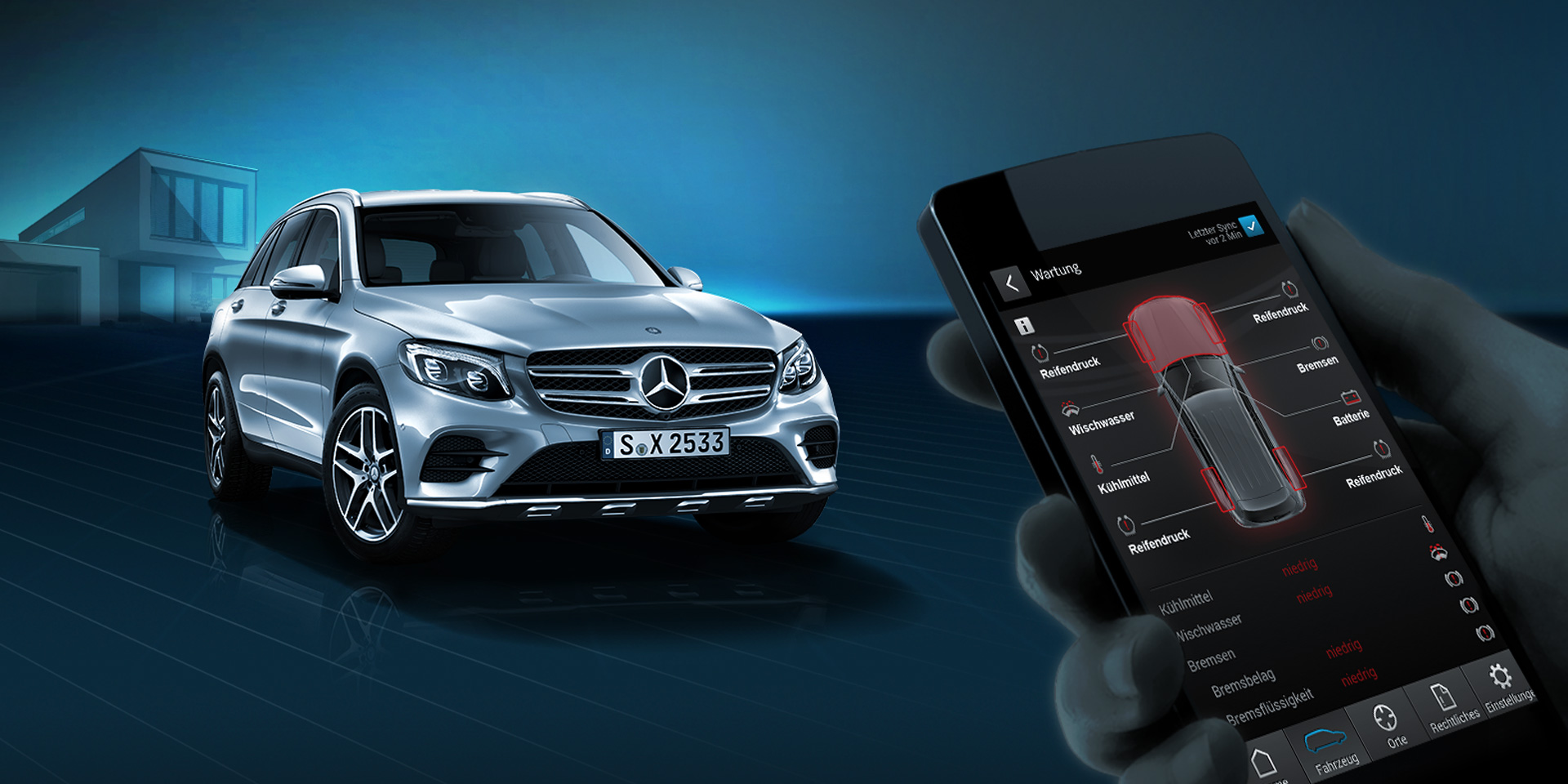Cars define urban India. Everyone you know has one and in every shape and size you can imagine. Just like the Americans, the urban Indian is in love with his car and is not afraid to show it off to the world. For someone born in India in the 1990s and after, this is probably nothing out of the ordinary. But for those of us born in the decades before the 1990s, this is a miracle that unfolded before our eyes. Until the 1970s and well into the 1980s, India was largely a country without private cars.
High officials of the government or of public sector companies traveled in their officially equipped ambassadors. So did high-ranking army and police officers whose cars could be identified by their flags and star-bearing license plates (which defined the occupant’s status in the organization’s hierarchy). Private cars were owned solely by the wealthy inhabitants of the city who had mastered the fine art of running a successful business in the dispensing of license raj, or the leading doctors or lawyers of the city. The rest of the world used local buses or two-wheelers, preferably scooters of which there were a large number of brands available; names like Bajaj-Chetak, Lambretta, Vijay-Super, etc. they would be familiar to many people who grew up in that era. Among the cars there were only three makes: the tank-like and officious Ambassador, the nifty Fiat (aka Premier Padmani) and the sleek and sporty Standard.
Most people didn’t really aspire to buy a car because they knew they would probably never be able to afford one, and in an environment where horse-drawn carriages (tongas) were a common means of transportation within a city, there was no car culture. to talk. of. The only people who had any kind of passion for automobiles were members of India’s aristocracy, such as former maharajas and zaimndars (landlords) and officers serving in the defense forces. For laymen, Hindi movies were their only exposure to the extravagant American cars (Impala) driven with style by movie stars like Rajesh Khanna and Feroze Khan. The boys and girls studying in the major public (private) schools in the many hill towns of India were quite informed about the happenings of the automobile world thanks to the western slant of their upbringing. They obtained information from foreign magazines, from the main international bestsellers they read and from watching American or British (James Bond) action movies.
That was the way things were until the Maruti-Suzuki tsunami hit urban India in the early 1980s. Here was a nifty, fast car powered by a small but surprisingly powerful engine that sped and sped down the roads of Delhi and other Indian towns and cities like no car they had ever seen before. The fact that it was small and affordable, that it offered great performance and mileage ignited the minds of urban Indians at the enticing prospect of owning a car of their own. What started as a trickle turned into a deluge, and the fact that the launch of the Maruti 800 coincided with the opening of the hitherto moribund Indian economy to the free flow of world trade spawned a gigantic Indian middle class of aspiring professionals and spare parts money fueled this unprecedented growth. Unlike their parents, this new generation of young professionals was not risk averse and did not think to borrow from banks and other financial institutions to finance their purchase. This easy availability of finance was itself a result of the frantic pace at which the Indian economy was trying to replicate what was happening in the major Western countries at the time.
Today, India is one of the largest car markets in the world and virtually every brand in the world is sold here. Mercedes, BMW, Ferrari, Toyota Lexus, Volks Wagon, Skoda, Toyota, they are all here. Tata Motors, one of our local car giants, owns the British brand Jaguar-Land Rover, and Greater Noida, near Delhi, is home to India’s own Formula 1 Grand Prix circuit. The transformation that appears to be complete.
Not quite. Despite being one of the largest automobile markets in the world, India ranks quite low in most human development indices, averaging 150 out of some 200 odd countries. There is still abysmal poverty, appalling deficits in education and health care, inefficient and brittle infrastructure, endemic corruption, and a myriad of other ills. While the country is making admirable progress in all of these spheres, it is definitely not out of the woods and trying to recreate the American obsession with cars here will have mixed results. While the growth of the auto industry in India has been enormous and has generated a lot of jobs and income, the impact in terms of environmental costs and the burden on the grossly inadequate roads in our cities has been nothing short of catastrophic.
The countries of the North American continent are blessed with very large land masses with relatively sparse populations. India may be a big country, but its cities, towns and other urban centers are busted. Things can’t be like the US or Canada, where a large number of people can think of having two cars and a big house in the suburbs (recent economic problems make that a bit difficult). Instead, India needs to look at countries like the UK and Singapore, where there are embargoes on the use of private cars. In countries like the Netherlands, a large number of people commute to work by bicycle. Things have come full circle in India and maybe it’s time to rethink the nation’s urban obsession with cars.





